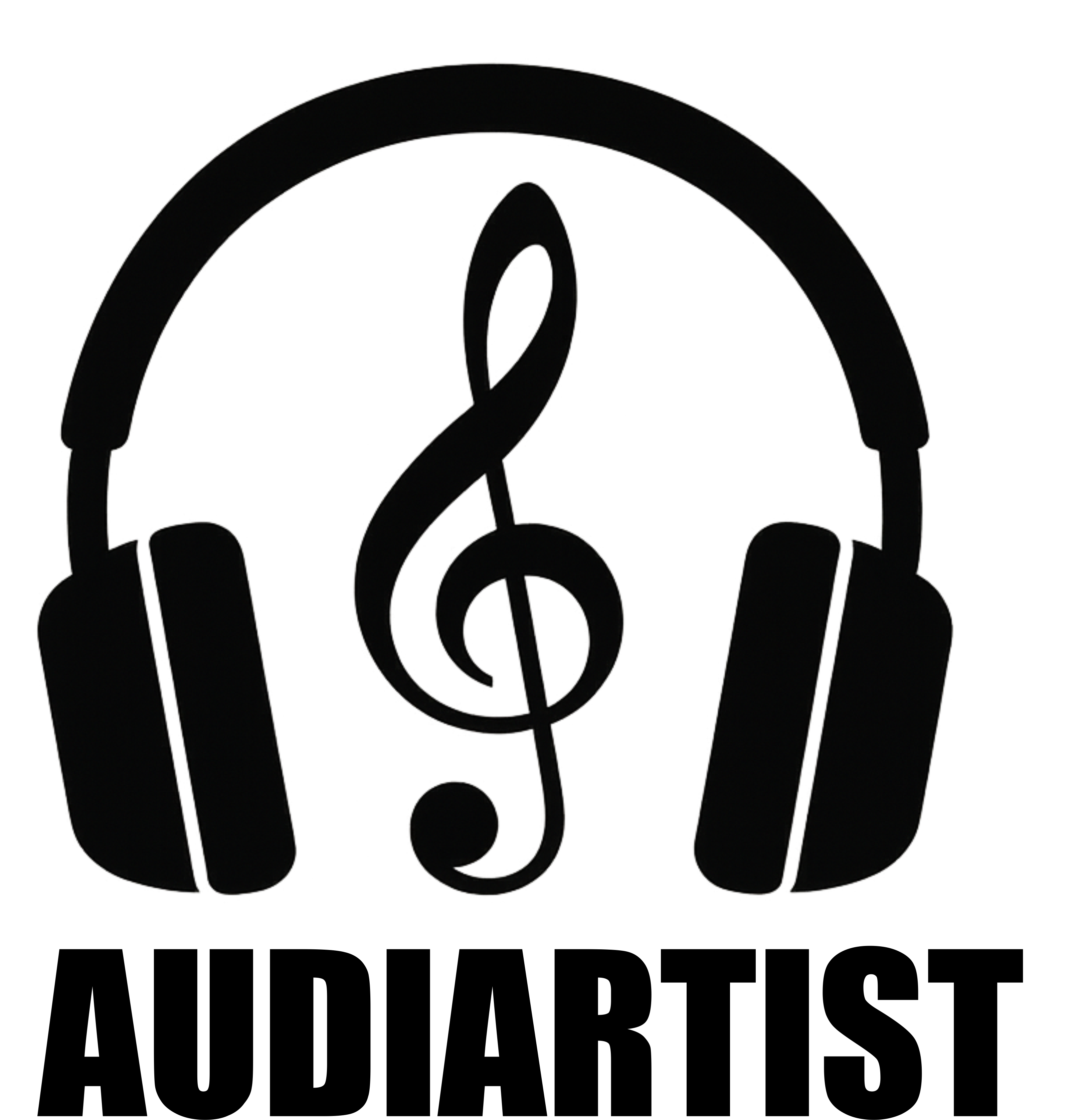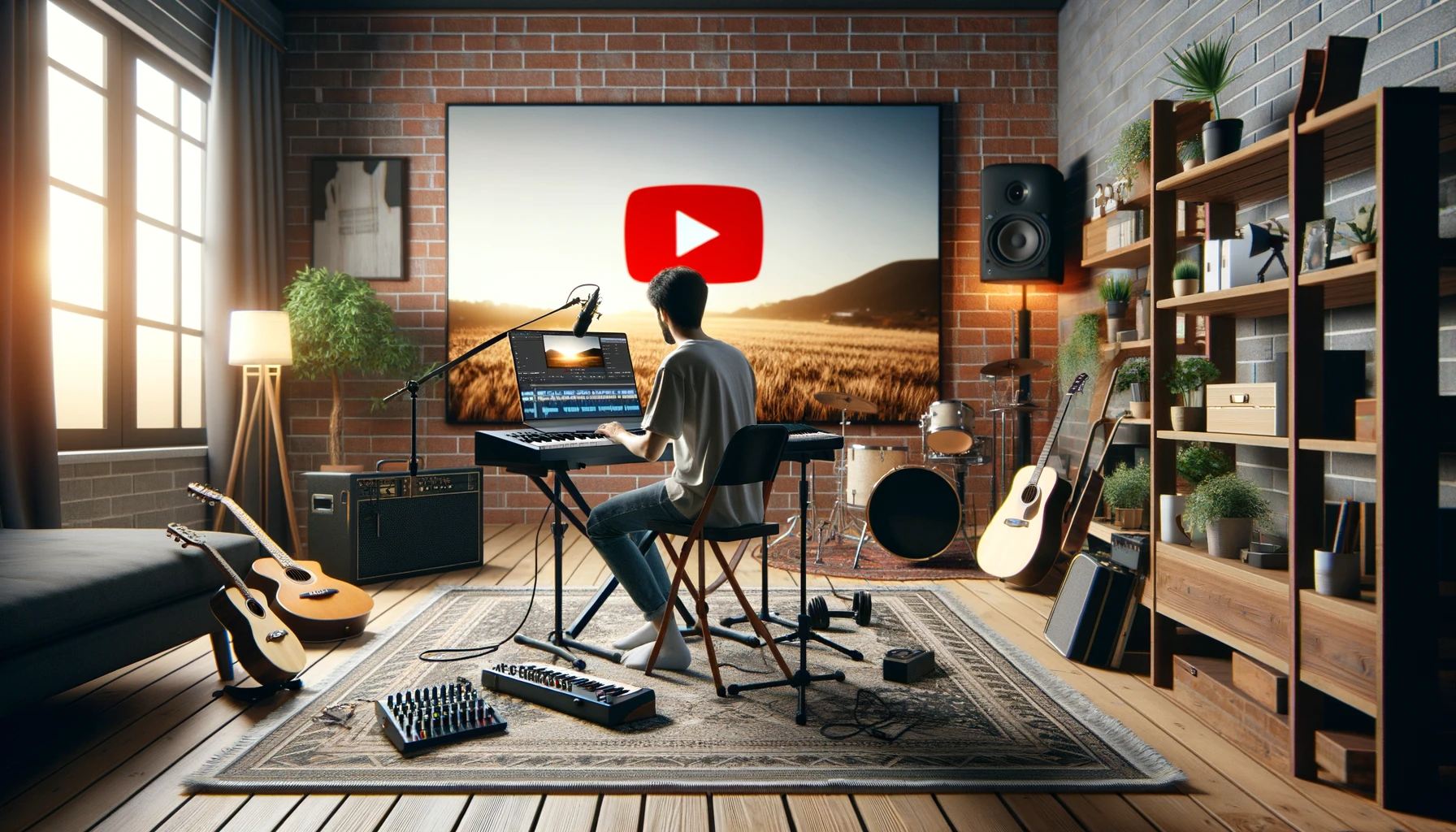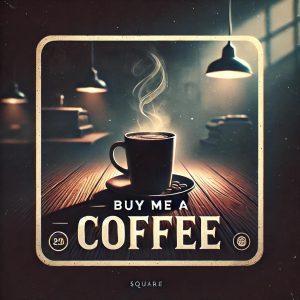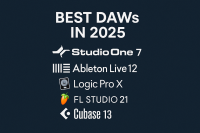YouTube has transformed the music industry, offering artists a platform to reach millions of listeners worldwide. But is it really as beneficial as it seems? This investigation delves into the pros and cons of YouTube for musicians, offering a comprehensive look at its utility.
The Benefits of YouTube for Musicians
Global Visibility
One of the most significant advantages of YouTube is its ability to provide global visibility. Artists can reach an audience far beyond their local scenes, breaking geographical barriers effortlessly.
Accessibility
YouTube is incredibly accessible. It’s easy to set up a channel, upload videos, and start sharing content, regardless of an artist’s experience level or resources.
Monetization
Monetization options on YouTube are diverse. Artists can earn revenue through ad placements, super chats during live streams, and channel memberships, providing multiple income streams.
Fan Engagement
YouTube allows for direct interaction with fans via comments, likes, and live chats. This engagement helps build a loyal fanbase and fosters a sense of community around the artist’s work.
Promotion Platform
Artists can use YouTube to promote new albums, tours, and collaborations. Video content like music videos, behind-the-scenes footage, and vlogs can keep fans excited and engaged.
The Drawbacks of YouTube for Musicians
Market Saturation
The sheer volume of content on YouTube makes it challenging for artists to stand out. It requires consistent effort and creativity to capture and maintain audience attention.
Limited Monetization
While YouTube offers monetization, the revenue can be limited, especially for smaller channels. Ads might not generate significant income unless an artist achieves a substantial number of views.
Copyright Issues
Copyright claims can be a significant issue. Misunderstandings or misuse of copyrighted material can lead to video takedowns and even channel strikes, which can be detrimental to an artist’s presence on the platform.
Algorithm Dependence
YouTube’s algorithms dictate visibility to a large extent. Artists must navigate these algorithms, which can be unpredictable and require strategic content planning to ensure their videos reach the intended audience.
Case Studies of Musicians Using YouTube
Success Stories
Justin Bieber’s rise to fame started on YouTube. His early covers and original songs caught the attention of a global audience, leading to a successful music career.
Pentatonix, the a cappella group, utilized YouTube to share their unique sound, gaining millions of subscribers and selling out tours worldwide.
Lessons to Learn
These success stories highlight the importance of unique, high-quality content and consistent engagement with the audience. Authenticity and creativity are key to standing out.
Challenges and Setbacks
Other artists have faced challenges, such as content saturation and copyright issues. Learning to navigate these challenges involves understanding YouTube’s policies and staying updated on changes.
Tips for Maximizing YouTube’s Utility
Create Quality Content
High-quality, engaging videos are essential. Investing in good equipment and editing software can significantly enhance the viewing experience.
SEO and Titles
Utilize SEO best practices by incorporating relevant keywords in titles, descriptions, and tags. This improves the chances of videos being discovered through search.
Engage with Subscribers
Responding to comments, hosting live sessions, and regularly updating content helps build a strong community. Engagement keeps subscribers returning and attracts new viewers.
Collaborate with Other YouTubers
Collaborations can expose an artist to new audiences. Working with other YouTubers or musicians can bring fresh content and broaden reach.
Comparing YouTube with Other Platforms
Spotify vs YouTube
Spotify is excellent for music streaming, while YouTube offers visual engagement. Both have unique benefits, and using them together can maximize reach and impact.
TikTok vs YouTube
TikTok excels in short, viral content, whereas YouTube is better for longer videos and deeper engagement. Combining both can enhance music discovery and fan interaction.
Instagram vs YouTube
Instagram provides quick updates and visual content, complementing YouTube’s longer format. Using both platforms together can create a comprehensive promotional strategy.
Conclusion
YouTube offers numerous benefits for musicians, from global visibility to fan engagement and monetization. However, it also presents challenges like market saturation and copyright issues. By leveraging YouTube effectively and combining it with other platforms, musicians can maximize their reach and success.
What has been your experience with YouTube? Share your thoughts and strategies in the comments below, and let’s continue the conversation!














